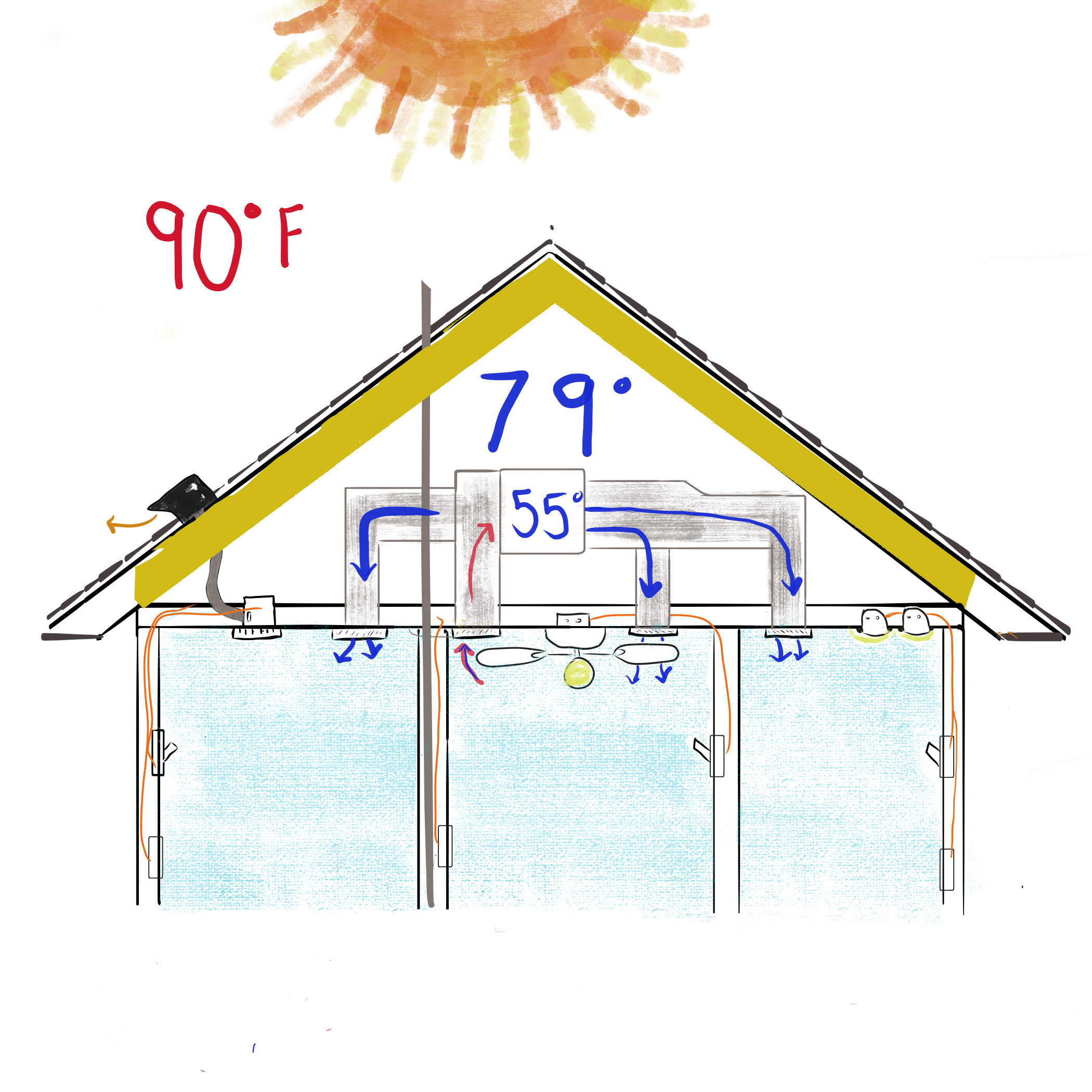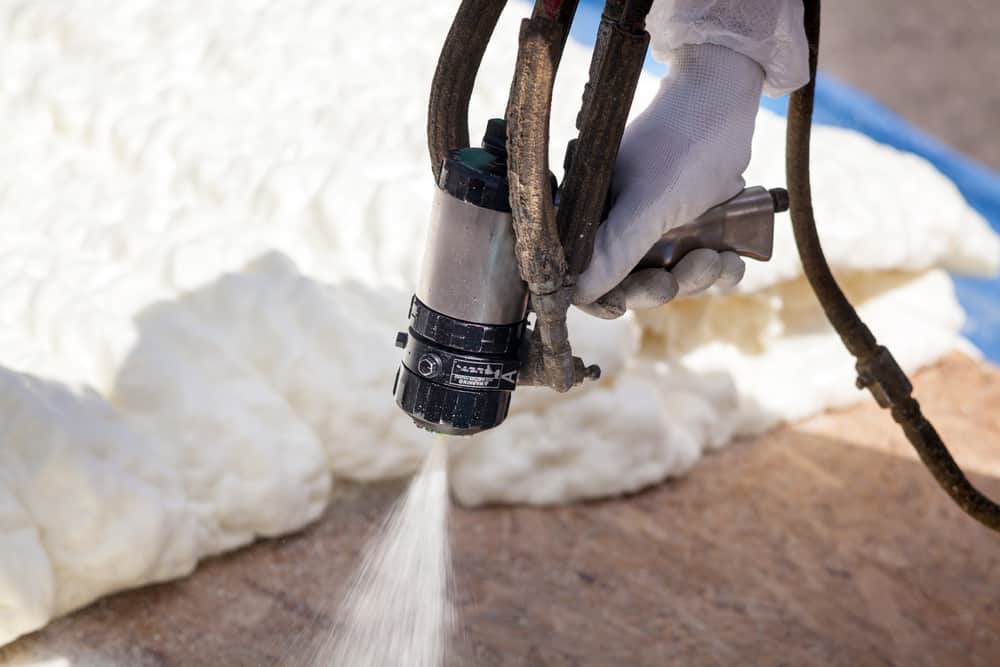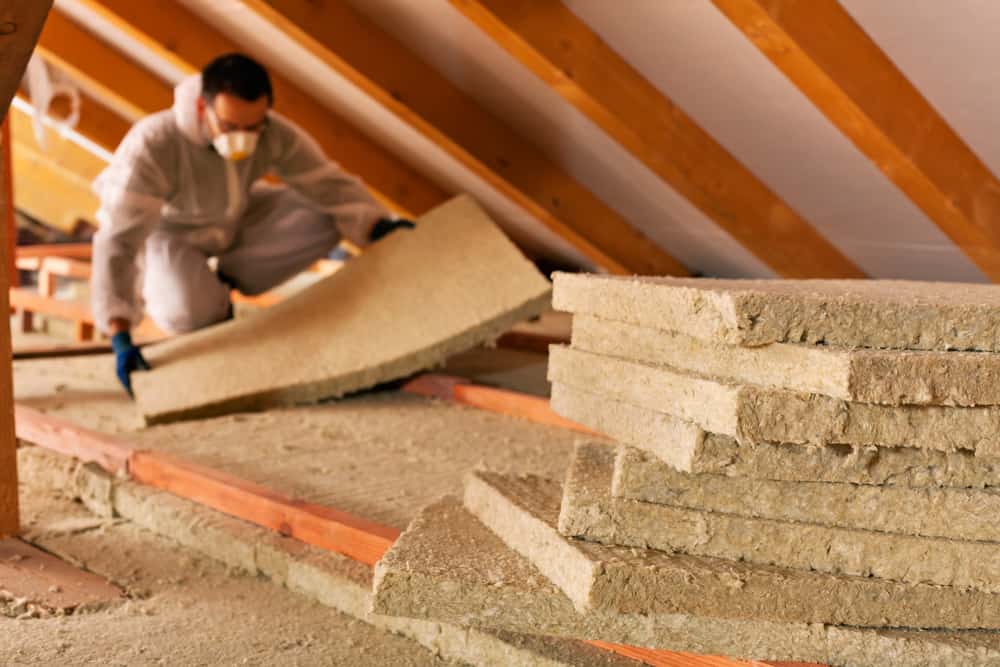Attic Insulation is very vital for lowering your home’s energy bill and keeping you comfortable all year round. So, if it’s lacking, you should consider contacting a company offering Attic insulation in Houston, TX to help you insulate your home. However, if you notice your energy bills are still on the rise despite having insulation, there are likely to be some faults with your insulation.Â
Your home’s Insulation may develop some issues over time due to age, environment, or lack of proper maintenance and become less effective. Here, we’ll explore common faults homeowners experience with their insulation and how to fix them. Quality should always be primary especially if you want to benefit from grants and insulation financing opportunities.
Common Attic Insulation Problems and How to Solve Them
Missing or Inadequate Attic Insulation
Not installing your insulation properly can increase the humidity in your attic, enhance mold growth, allow pests to enter your attic, and so on. It can also cause your home to be uncomfortable during cold and hot seasons since hot or cold air can easily seep into your home. In addition, your HVAC will have to work harder to regulate your home’s temperature, which will significantly increase your energy bill. Some areas where insulation may be inadequate include attic entrances, vents, windows, skylights, etc.Â
To ensure that insulation is not lacking or inadequate in any part of your attic, have a local insulation contractor examine your home. Experienced contractors will know the weak areas in your attic and ensure that they are properly insulated for maximum effectiveness.Â
Uneven Attic Insulation
When installing your attic insulation, you should make sure that the material is properly laid in every area. If you’re using blown-in insulation, you should pay attention to how it is laid. That is because, despite blown-in insulation being easy to install, they are rarely distributed evenly across the attic. This can reduce its effectiveness and also increase your energy bill.Â
Although some homeowners can try installing their insulation themselves, there are higher chances that it won’t be installed properly. The best way to avoid unevenly layered insulation is to hire an insulation contractor to do the installation.
When you work with an insulation contractor, you can be assured that the insulation will be distributed evenly and work effectively to maintain your home’s temperature.Â
Blocked Attic Ventilation
If you’re using the traditional insulation type, your attic needs to be well-ventilated.Â
If the vents in the attic are blocked, there will be inadequate airflow which may lead to mold or mildew growth. This is extremely hazardous as mold spores can cause several health issues when inhaled.Â
When installing your insulation, make sure they are not obstructing the air vents in the attic. If they already are, you can have an insulation contractor rework your insulation.Â
Collapsed Insulation
Attics make for good storage spaces. However, the kind of items you store in your attic can affect its effectiveness. For instance, stacking heavy boxes or bulky items can compact your insulation or cause it to collapse completely. When your attic insulation gets compacted or collapses, it reduces its R-value. That is, it becomes less efficient in maintaining your home’s temperature, which makes your home less energy efficient. Alternatively, with a high R-value, your insulation will be able to maintain your home’s temperature throughout the different seasons of the year.Â
The best way to prevent your insulation from collapsing is to avoid storing heavy items on top of the insulation. You can invest in other attic storage options that won’t impact your insulation over time. You can also consider storing heavy items on solid flooring rather than atop your insulation.Â
Pest Infestations
Your attic can become a perfect space for pests to nest, especially if your attic is not finished properly or the insulation is inadequate. Common pests that you can find living in your attic are Birds, Rats, Squirrels, Raccoons, Spiders, Mice, etc. Pests such as rats, squirrels, and raccoons can be detected easily as they can create sounds that can be heard from outside the attic. Other pests, such as insects, are not easily noticed and are more challenging to deal with.Â
Pest infestation in your attic is mostly due to gaps or holes in your insulation. To solve the problem, first, contact a local pest extermination company to get rid of the infestation. Then find the areas where insulation is missing, and block them off with replacement insulation barriers or spray foams to prevent pests from entering the attic or consider changing the insulation entirely.Â
Ice Damming
People that live in colder climates are more likely to experience ice damming. Although ice damming doesn’t happen in your attic, they can be a sign of faulty attic insulation. Ice damming happens when the snow melts on your roof and re-freezes at the edges of the roof. Asides from creating hazardous icicles on your roof, ice dams can also cause extensive damage to the roof itself.Â
Ice damming often occurs when there is inadequate attic insulation. Attics can get too cold during the winter if it is not properly insulated. This contributes to frozen sheets and icicles forming on your roof. To get rid of the ice dams, you can contact professionals that provide ice dam steaming to remove the frozen sheets for you. Once the winter is over and the weather becomes more favorable, you can look into improving your attic’s insulation.Â
When the temperature in your home becomes uncomfortable for you and your family, and your energy bills begin to skyrocket, it’s a sign that there’s a problem with your attic insulation. Look no further; take the next step by getting an insulator contractor to solve your insulation problems. When you work with insulation experts, you can trust your insulation to serve you well in the coming years.Â
Suppose you don’t know where to turn to for help with your attic insulation; you can visit https://fdinsulation.com/.Â
Â
Name, Address, and Phone
First Defense Insulation,Â
12 Greenway Plaza Suite 1147,Â
Houston, Texas 77046,Â
713-808-9853
Follow Us On Social Media
https://www.facebook.com/FirstDefenseInsulation
https://www.instagram.com/firstdefenseinsulation/?hl=en






